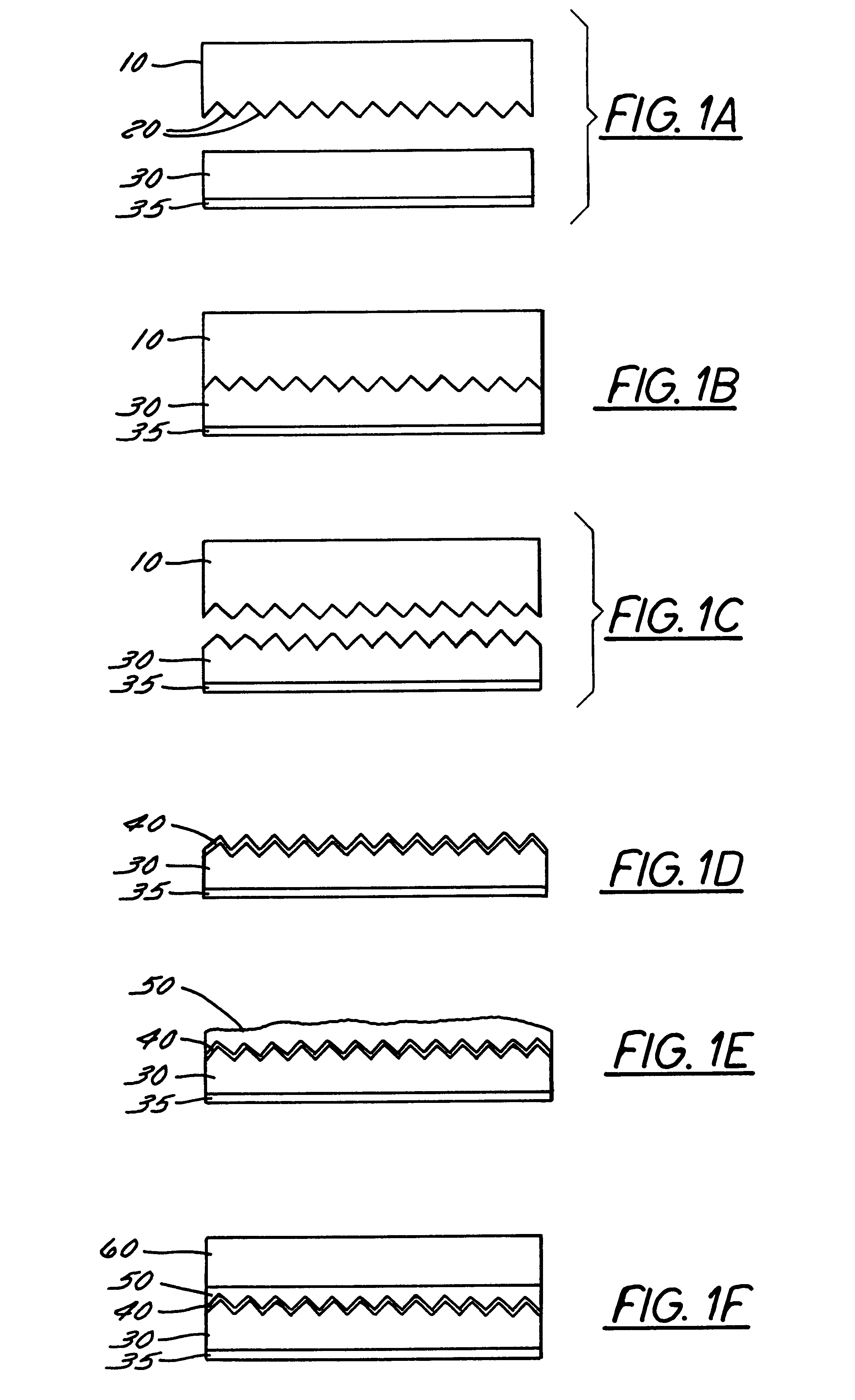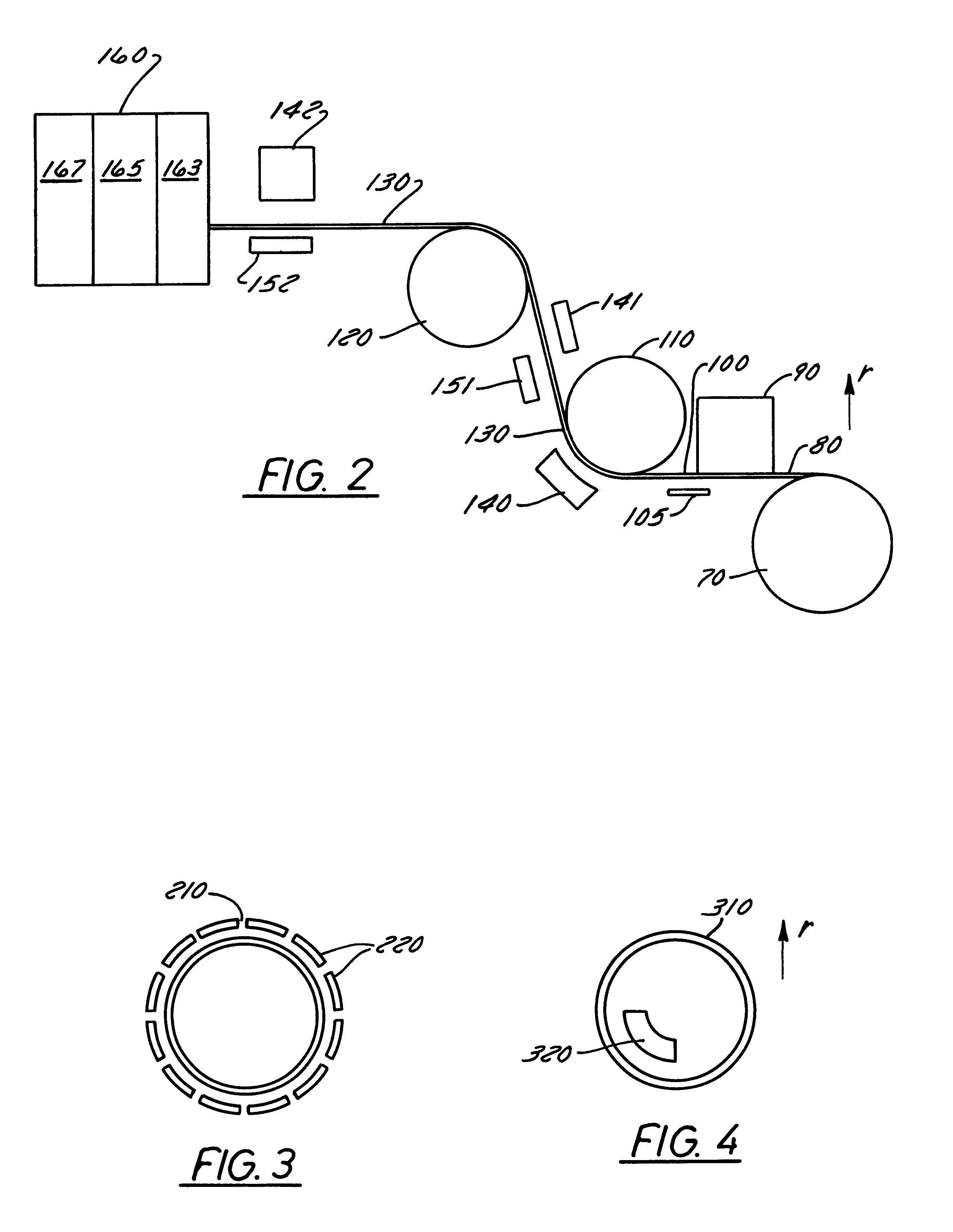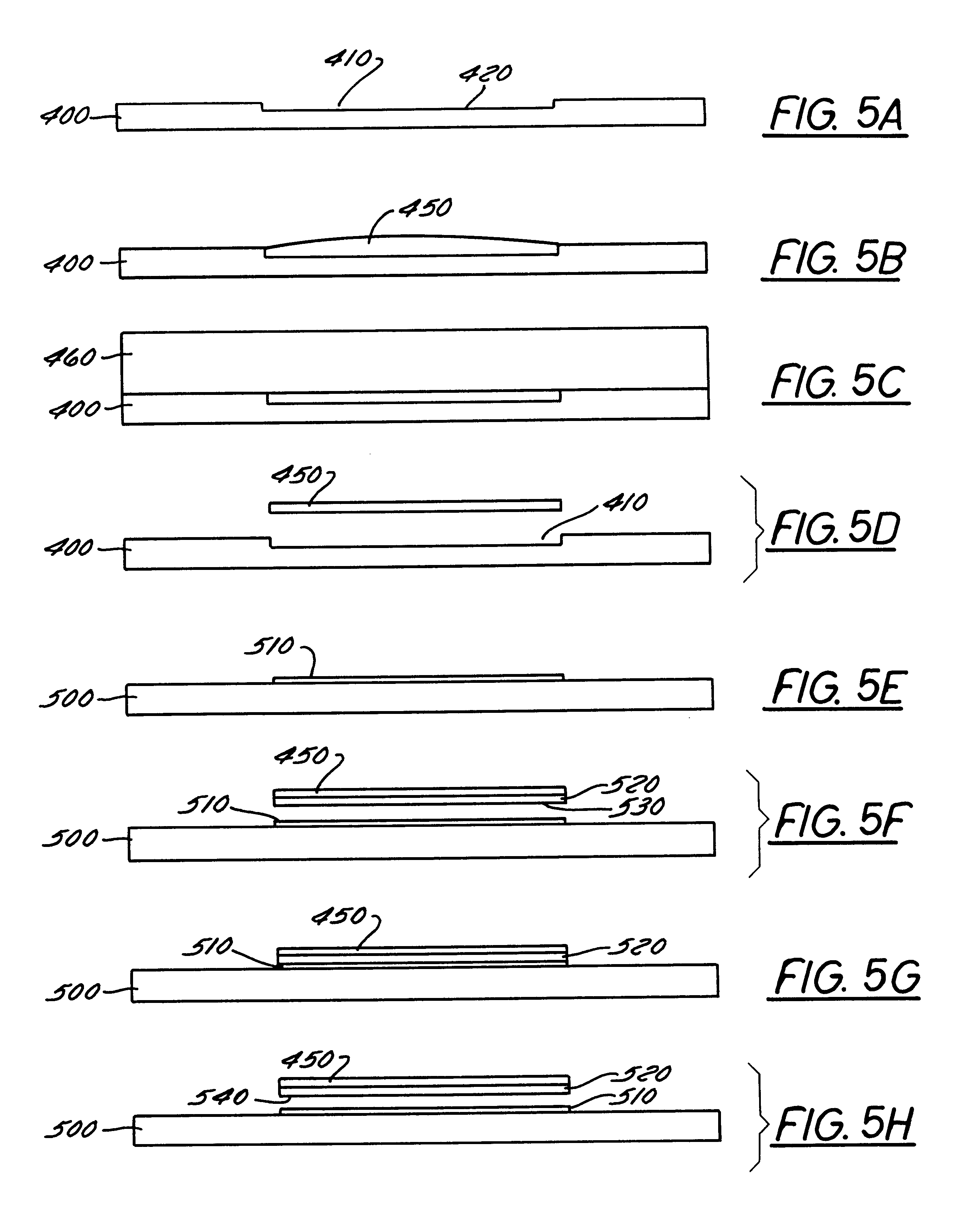Composition for use in making optical components
- Summary
- Abstract
- Description
- Claims
- Application Information
AI Technical Summary
Benefits of technology
Problems solved by technology
Method used
Image
Examples
Embodiment Construction
The present invention and the various features and advantageous details thereof are explained more fully with reference to the nonlimiting embodiments described in detail in the following description.
1. System Overview
The above-mentioned requirements are mutually contradicting and cannot be satisfied simultaneously in the case of a machined cylindrical unitary metal drum. However, it is rendered possible to simultaneously satisfy these requirements to a certain extent by employing a drum that includes a plurality of submasters in consideration of the fact that the submasters can themselves be replicas.
2. Detailed Description of Preferred Embodiments
Referring to the drawings, especially FIGS. 2-4, it can be seen that a surface topography can be replicated on a continuous basis using a drum that includes a plurality of submasters. Pursuant to the present invention, complex surface topographies that include a large number of very small features can be efficiently replicated and then em...
PUM
| Property | Measurement | Unit |
|---|---|---|
| Fraction | aaaaa | aaaaa |
Abstract
Description
Claims
Application Information
 Login to View More
Login to View More - R&D
- Intellectual Property
- Life Sciences
- Materials
- Tech Scout
- Unparalleled Data Quality
- Higher Quality Content
- 60% Fewer Hallucinations
Browse by: Latest US Patents, China's latest patents, Technical Efficacy Thesaurus, Application Domain, Technology Topic, Popular Technical Reports.
© 2025 PatSnap. All rights reserved.Legal|Privacy policy|Modern Slavery Act Transparency Statement|Sitemap|About US| Contact US: help@patsnap.com



